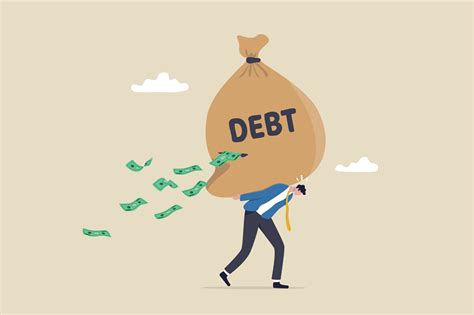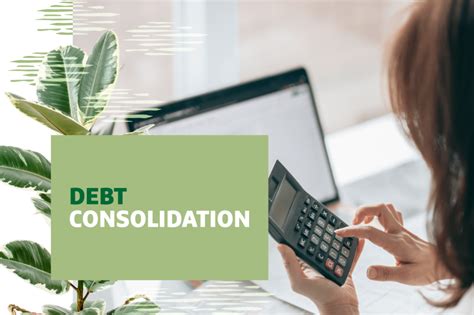Decoding the Debt Dilemma: A Man’s Guide to Financial Freedom
For many men, the quest for financial security is a cornerstone of their personal and professional lives. However, high-interest debt—be it from credit cards, personal loans, or other sources—can act as a relentless anchor, dragging down financial progress and stifling wealth-building efforts. Understanding not just how to pay it off, but how to strategically dismantle it, is the smartest move for long-term financial fitness.
This guide will equip you with actionable strategies to confront high-interest debt head-on, accelerate your path to being debt-free, and lay a solid foundation for a stronger financial future.
The Insidious Nature of High-Interest Debt
High-interest debt isn’t just a number; it’s a compounding force that eats into your earnings, making every payment feel like an uphill battle. The longer it lingers, the more you pay in interest, significantly increasing the total cost of your purchases or loans. For men looking to build wealth, invest, or simply have more disposable income, taming this beast is paramount.
Ignoring it means delaying critical financial goals, from buying a home to securing a comfortable retirement. A proactive approach is not just smart; it’s essential for achieving true financial independence.

Phase 1: The Foundation – Awareness and Budgeting
The first step in any effective battle plan is understanding the enemy and assessing your resources. This means creating a clear, realistic budget.
Take Inventory of Your Debt
List all your debts, noting the lender, current balance, interest rate, and minimum monthly payment. Prioritize by interest rate, as this will be crucial for the ‘debt avalanche’ strategy later.
Craft a Realistic Budget
Track every dollar coming in and going out for at least a month. Use apps, spreadsheets, or pen and paper—whatever works for you. Identify essential expenses (housing, food, utilities) and discretionary spending (dining out, entertainment). Look for areas where you can cut back, even temporarily, to free up more cash for debt repayment.
Phase 2: The Attack – Strategic Debt Repayment
Once you know your numbers, it’s time to choose your weapon: the Debt Snowball or the Debt Avalanche.
The Debt Avalanche Method
This method prioritizes paying off debts with the highest interest rates first. You make minimum payments on all debts except the one with the highest interest rate, on which you throw every extra dollar you can find. Once that’s paid off, you take the money you were paying on it and apply it to the next highest interest rate debt. This strategy saves you the most money in interest over time.
The Debt Snowball Method
The snowball method focuses on psychological wins. You pay off your smallest debt first, regardless of interest rate, while making minimum payments on others. Once the smallest is clear, you roll that payment amount into the next smallest debt. This builds momentum and keeps you motivated, as you see debts disappear quickly.

Phase 3: Optimize and Accelerate – Lowering Your Interest Burden
Sometimes, simply attacking with extra payments isn’t enough. It’s time to explore options that can directly reduce the interest you’re paying.
Debt Consolidation Loans
Consider a personal loan to consolidate multiple high-interest debts into a single loan with a lower interest rate. This simplifies your payments and can significantly reduce your overall interest expense. Shop around for the best rates and be wary of fees.
Balance Transfer Credit Cards
If you have excellent credit, you might qualify for a balance transfer credit card with a 0% introductory APR. This can give you a crucial window (typically 12-18 months) to pay down a significant portion of your debt without incurring any interest. Be disciplined to pay it off before the introductory period ends, or the standard high APR will kick in.

Phase 4: Boost Your Income & Financial Literacy
While cutting expenses is crucial, increasing your income can dramatically accelerate your debt repayment and overall financial fitness.
Explore Side Hustles
Leverage your skills or develop new ones to earn extra income. Freelancing, consulting, ride-sharing, or selling crafts online are just a few examples. Every extra dollar earned can be directed straight to your highest-interest debt.
Negotiate a Raise or Advance Your Career
Invest in your career. Acquire new skills, seek promotions, or negotiate a higher salary. Your primary income stream is often your most powerful tool for financial growth.
Expand Your Financial Knowledge
Read books, listen to podcasts, and follow reputable financial advisors. The more you understand about investing, taxes, and money management, the better equipped you’ll be to make smart financial decisions beyond just debt repayment.

Phase 5: Building Resilience and Future Wealth
Getting out of debt is just the beginning. The smartest men understand that financial fitness is an ongoing journey of building resilience and wealth.
Establish an Emergency Fund
Once high-interest debt is conquered, prioritize building an emergency fund of 3-6 months’ worth of living expenses. This acts as a buffer against unexpected costs, preventing you from falling back into debt.
Start Investing Early and Consistently
Time is your greatest asset in investing. Even small, consistent contributions to retirement accounts (401k, IRA) or brokerage accounts can grow substantially over decades, thanks to the power of compounding. Diversify your investments to mitigate risk.
Plan for Long-Term Goals
Whether it’s a down payment on a home, funding your children’s education, or securing a comfortable retirement, define your long-term goals and create a financial plan to achieve them. Regularly review and adjust your plan as your life circumstances evolve.

Conclusion: Consistency is Key
Tackling high-interest debt and boosting financial fitness isn’t a one-time fix; it’s a commitment to consistent, disciplined action. By understanding the true cost of debt, creating a strategic repayment plan, optimizing your financial resources, and continuously expanding your knowledge, you can systematically dismantle your debt and build a robust financial future. Embrace the journey, stay consistent, and unlock the financial freedom you deserve.




